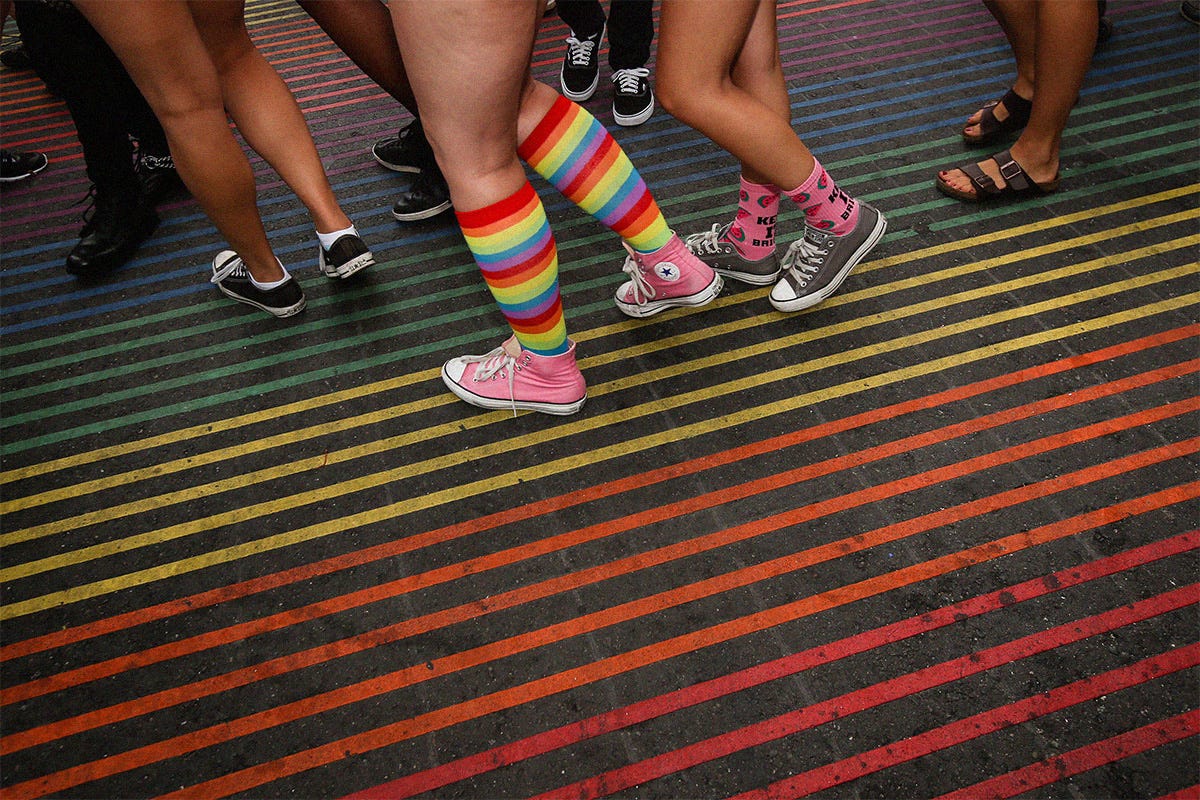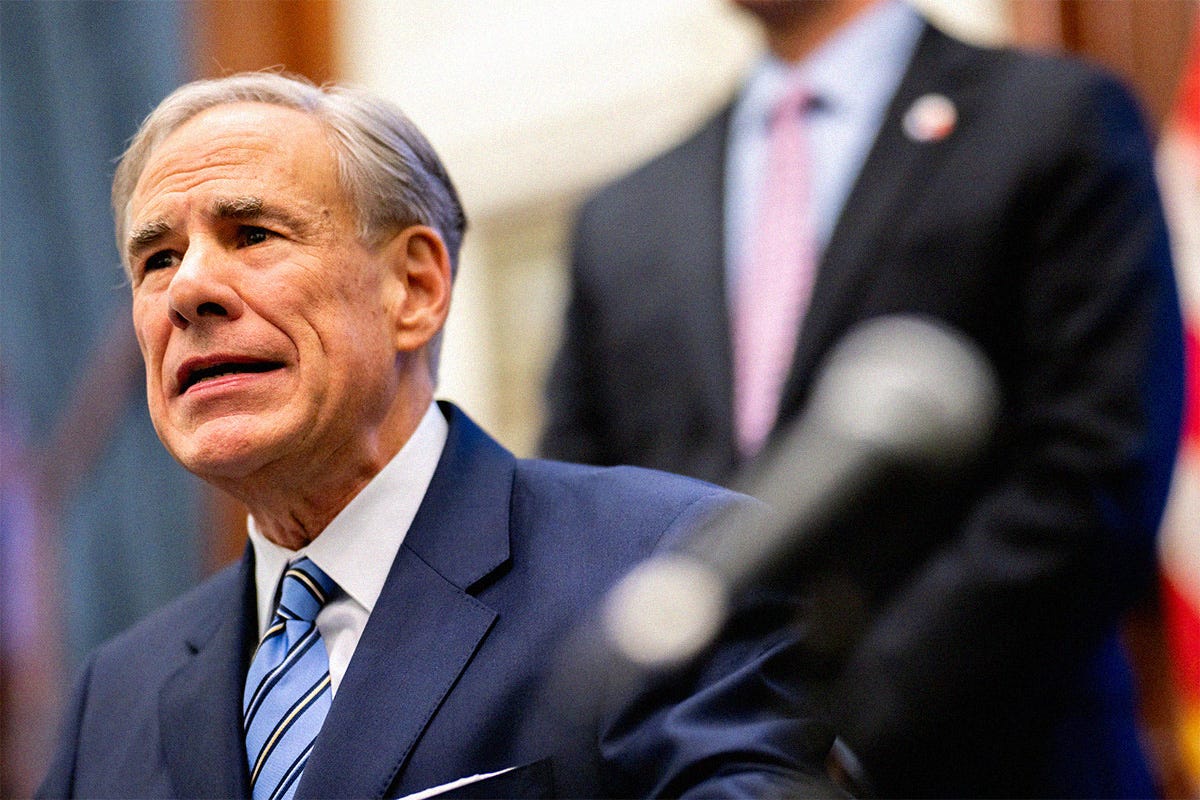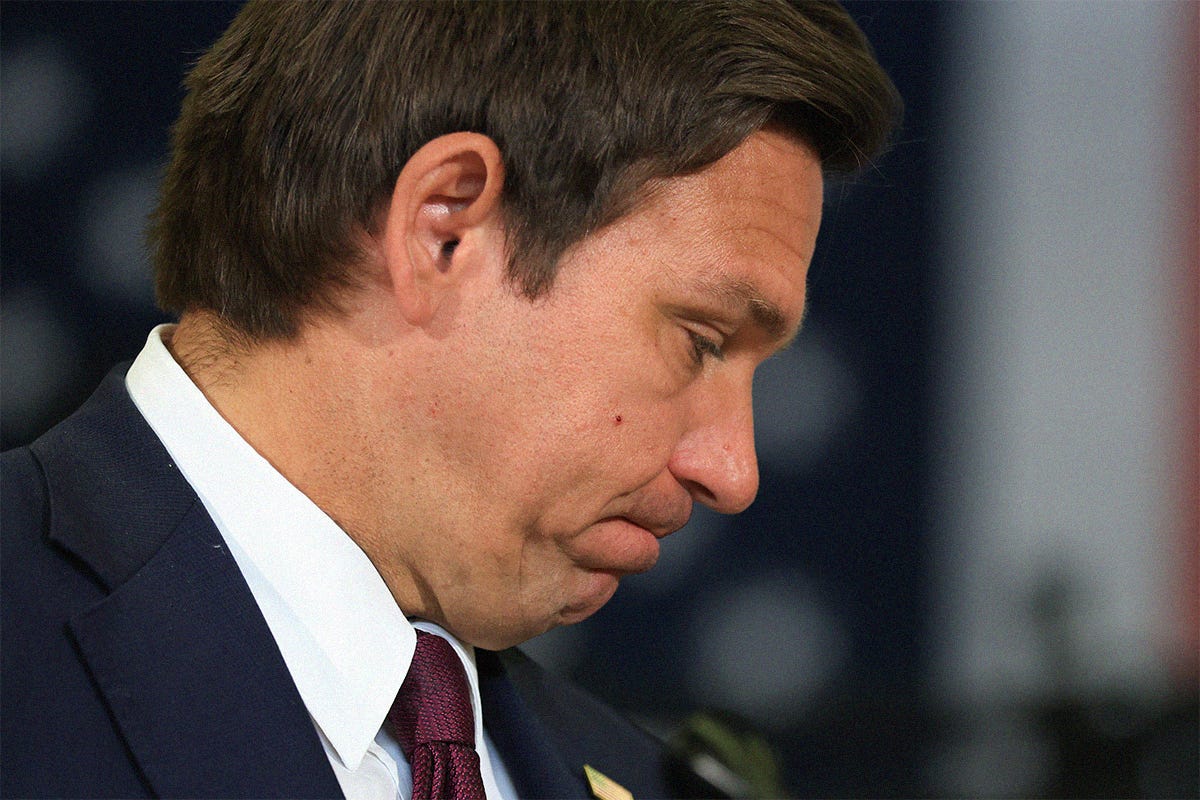Experts Say Removing Rainbow Crosswalks Makes Streets Less Safe
Despite claims they’re a “distraction,” studies show rainbow crosswalks reduce crashes and make queer people feel safer in public spaces.
As the Trump administration targets rainbow crosswalks across the U.S., removing public displays of support for the LGBTQ+ community doesn’t make anyone safer, according to experts. “Rainbow crosswalks are not a safety hazard,” Dan Reed, a former transportation planner, tells Queer Agenda. “If anything, rainbow crosswalks might actually slow drivers down and encourage them to drive more carefully.”
Several states have, over the past several months, ordered municipal leaders to paint over their rainbow crosswalks at city intersections at the direction of the federal Department of Transportation (DOT). In July, Transportation Secretary Sean Duffy sent a letter to every sitting governor directing them to remove from their roads and walkways “political messages of any nature, artwork, or anything else that detracts from the core mission of driver and pedestrian safety.” States were given a 60-day deadline to respond to the administration’s demands. “Intersections and crosswalks need to be kept free from distractions,” Duffy’s edict stated.
Although governors in the majority of states have not acknowledged the letter, some have mandated strict compliance with the order, which the White House claims is part of its broader “SAFE ROADS Initiative.” On Wednesday, the office of Gov. Greg Abbott (R) gave Texas cities 30 days to scrub artwork conveying “political messages” from Texas’ streets, stating that these displays “may cause confusion, reduce roadway uniformity, or impair safe navigation.”
“This prohibition includes the use of symbols, flags, or other markings conveying any message or communications,” Texas DOT Executive Director Marc Williams clarified in a letter, threatening to withhold key funding if cities do not comply.
The response from Texas cities has varied widely. Fearing reprisal, Galveston moved swiftly this week to remove a pair of rainbow crosswalks adjacent to its City Hall. Austin officials have confirmed that the city will follow Abbott’s order by painting over a rainbow crosswalk at Fourth and Colorado, while leaders in Dallas, which is home to at least nine rainbow crosswalks, are currently weighing their options. San Antonio Mayor Gina Ortiz Jones (D), meanwhile, confirmed that its rainbow designs are staying put, at least for now.
“As mayor, I remain committed to balancing our community’s transportation needs with ensuring everyone in our community feels safe, welcomed, and supported,” Jones, who is an out queer woman, said in a statement. She added that the city is “awaiting additional information from TxDOT to ensure we understand the full scope of what may be impacted.”
But despite Republican officials’ claims that they are protecting the public by ridding the roads of rainbow crosswalks, sources say there is absolutely no research supporting these actions. To the contrary, Ruth Rosas, program manager for the pedestrian advocacy group America Walks, contends that “numerous studies have shown that colorful crosswalks reduce crashes,” including rainbow designs. She says that crosswalks that are “high contrast with bold colors” are easier to see than white paint, which she says can “fade or blend into a road” at night or during poor weather conditions.
“The more eye-catching the crosswalk can be, the more visible it becomes, and that means that people pay attention,” she tells Queer Agenda. “That usually means they put in more caution.”
Rainbow crosswalks are not alone in increasing pedestrian and driver safety, according to studies on the subject. An April 2022 report from Bloomberg Philanthropies found broadly that asphalt art, whether in the form of rainbow crosswalks or other designs, led to a sharp decrease in automobile collisions. After asphalt art was installed at roadway intersections, the report found a 37% drop in car crashes resulting in injuries and a 50% reduction in incidents impacting pedestrians. The total crash rate fell by a significant 17%.
In reaching out to dozens of road safety experts and urban planning professionals for this story, not a single respondent cited research indicating the opposite: that rainbow crosswalks increased traffic accidents. Neither Duffy nor Abbott has mentioned any such studies in their public statements on the issue.
But despite the lack of evidence supporting their removal, many crosswalks have already been eliminated. At the direction of Florida Gov. Ron DeSantis (R), state DOT officials reportedly painted over the rainbow crosswalk outside Pulse nightclub in the middle of the night on August 20. The Orlando gay bar was the site of a 2016 mass shooting that resulted in 49 dead and 51 more injured, and the crosswalk was intended as a tribute to victims and survivors of the attack. LGBTQ+ community members initially protested the display’s removal by chalking their own crosswalk in the road, but officers have since been stationed near Pulse to ensure enforcement.
Florida cities like Key West, Miami Beach, and St. Petersburg have also removed their crosswalks following threats from DeSantis’ office. When Miami Beach’s rainbow intersection was painted over on October 5, protesters reportedly picketed its removal while chanting: “Miami Beach, forever proud.”
If federal and state authorities actually wanted to increase road safety, there are numerous practical ideas they could implement, sources contend. Rosas suggested a reduction in speed limits for areas with high foot traffic, narrowing lanes, and creating pedestrian islands — concrete bumpouts that encourage drivers to pay closer attention to the roadway. In spite of GOP officials’ suggestion that any break from the expected norm could endanger drivers, Rosas asserts that the opposite is actually true: “Anything that becomes monotonous on the road can pose a safety risk.”
As an example of effective road safety design, Reed cites the example of West Philadelphia. Sometime around the 1990s or early 2000s, the city began installing “three-dimensional shapes that looked like a speed bump,” Reed says, in order “to trick drivers into slowing down.”
“There are so many things we can do to make our streets safer,” they say. “We have a real road safety crisis in the United States, whether it’s due to speeding or reckless driving or a lack of safe places for people to walk and bike. I myself was hit by a car in my neighborhood back in May and have been fighting for a crosswalk at that intersection. To see folks using public safety as an excuse to take out a rainbow crosswalk is really frustrating.”
If rainbow crosswalks actually contribute positively to public safety, they may do so in more ways than one, others add. Aaron Greiner, a social entrepreneur and urbanist, argues that visible affirmations of the LGBTQ+ community “can be actually a really powerful signifier of safety” for marginalized groups. The reality is that queer populations in the U.S. remain disproportionately likely to be targeted for violence: According to the most recent report from the Federal Bureau of Investigation, bias attacks on the basis of sexual orientation accounted for 17.2% of all hate crimes, while 4% are motivated by the victim’s gender identity.
While a rainbow crosswalk alone won’t solve the complex, nuanced issues surrounding the physical safety of LGBTQ+ people, Greiner affirms that seeing one’s own identity represented “can help you feel more safe when you’re walking down the street in a neighborhood.” As the executive director of Massachusetts-based CultureHouse, he says that there’s a reason that the urban design nonprofit has a Pride flag hanging outside its office: Symbolism matters.
“The ability to have that public display is a signifier of safety, and then the removal of that is a signifier of a lack of safety,” he tells Queer Agenda.
Recognizing the critical importance of visibly supporting the LGBTQ+ community, a handful of cities have pointedly elected to ignore the White House’s orders, including Atlanta; Lexington, Ky.; and Milwaukee. On October 8, the latter installed a new rainbow crosswalk in the historic LGBTQ+ neighborhood of Walker’s Point. At the revamped intersection’s unveiling, Mayor Cavalier Johnson said the display was a matter of proclaiming Milwaukee’s values: “Everyone, everybody, and every single person can feel safe in whoever they love everywhere in this city.”
As the Trump administration continues to advocate the erasure of those ideals, Greiner believes the real target has nothing to do with safety concerns. “This is quite clearly about asking that queer people do not show their identity in public,” he says. “That’s really what it’s ultimately about.”






